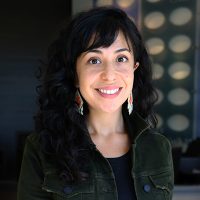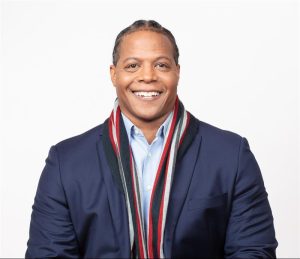Honoring Native American Heritage Month
November 22, 2022November is Native American Heritage Month, a time to celebrate the cultures, histories, and traditions of Indigenous peoples, and recognize the importance of Tribal sovereignty and Tribal self-determination. It also provides an opportunity for others to learn about the lived experiences of Indigenous peoples and the impactful work taking place in Indigenous communities to create a healthier future. Native American Heritage Month, which includes the Thanksgiving holiday, is a vehicle for all peoples to support meaningful Indigenous inclusion and accurate representation in our society.
At Blue Cross and Blue Shield of Minnesota, we recognize that it’s essential to uplift Indigenous voices and challenge stereotypes about Indigenous peoples year-round – not just during Native American Heritage Month. Deepening our understanding of Indigenous peoples, affirming their humanity, and challenging our own biases and assumptions are critical to advancing racial and health equity.
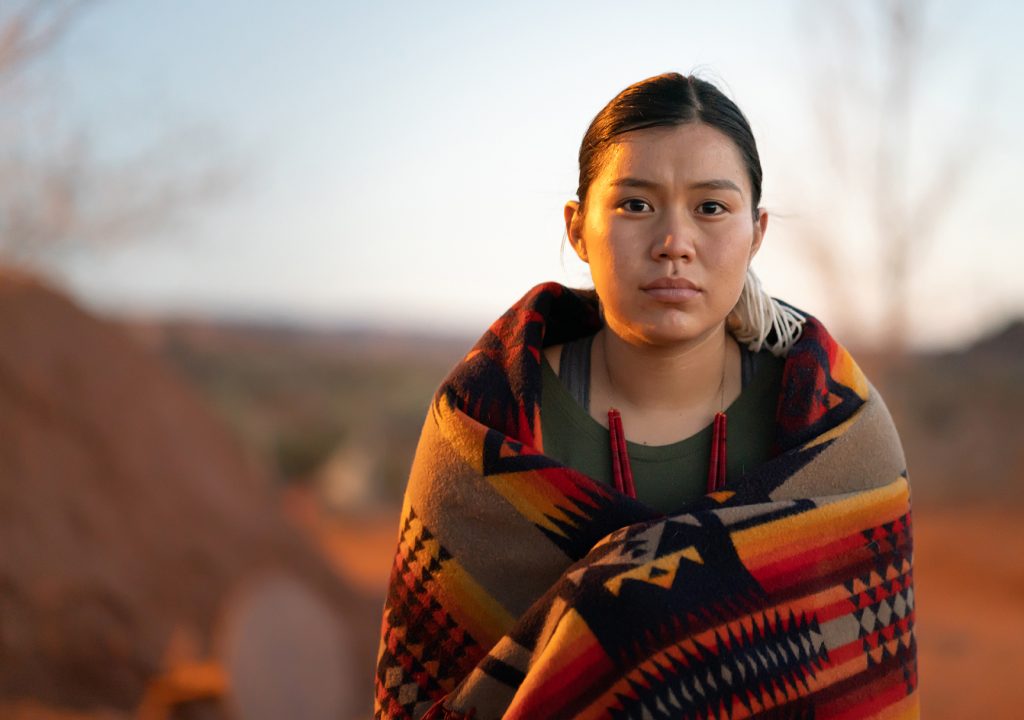
Addressing the harms of invisibility and erasure
According to the Reclaiming Native Truth project— the largest public opinion research project ever conducted by and for Indigenous peoples— most Americans said they know little to nothing about Indigenous peoples. Seventy-two percent of respondents said that the rarely encounter or receive any information about Indigenous peoples.
Many people form their views about Indigenous peoples from harmful stereotypes and don’t know how Indigenous peoples live today. All too often, in media and K-12 education, Indigenous peoples are portrayed as a monolithic culture that is relegated to the past. Therefore, the invisibility of contemporary Indigenous peoples has, in turn, fueled harmful biases across our society. The lack of accurate representation and understanding of Indigenous peoples poses a serious barrier to the advancement of health equity and racial justice.
Investing in Indigenous visibility and representation
Blue Cross is actively working to invest in community led solutions that support culturally based efforts to address health inequities and intergenerational trauma in Indigenous communities. “Our commitment to advancing racial and health equity is more than just symbolic,” said Bukata Hayes, vice president of racial and health equity and chief equity officer at Blue Cross and Blue Shield of Minnesota.
“As a company we are deeply committed to working in solidarity with Tribal nations, urban Indigenous communities and Indigenous led organizations to create a healthier future."
"This starts with understanding the root causes of health inequities in Indigenous communities, recognizing the systemic barriers Indigenous peoples face in attaining health, and uplifting Indigenous communities as assets, knowledge keepers, and leaders.”
Here are a few examples of how Blue Cross has invested in Indigenous communities this past year:
Fond Du Lac Tribal College’s ongoing development of Grandma’s House
The Blue Cross and Blue Shield of Minnesota Foundation directly supports Grandma’s House – Minnesota’s first Ojibwe immersion cooperative childcare center for children up to five years old. Staffed by elders and parents, this development includes curriculum creation, elder and parent engagement, establishing a parent-elder cooperative model for systemic reform of childcare in Ojibwe communities, and continued immersion learning for families.
The Blue Cross and Blue Shield of Minnesota Foundation supports All Nations Rise and their work with the Bois Forte Band of Chippewa and the Lower Sioux Indian Community to increase the supply of high quality, culturally relevant childcare, and early childhood education. Through collaboration with First Children’s Finance (FCF), All Nations Rise engages tribal council, families, non-profits, businesses, health care organizations, local school districts, and counties to identify gaps and resources to create short-term and long-term solutions.
Avivo is a nonprofit organization working to end homelessness and dedicated to addressing addiction, mental health struggles, racism, and poverty. Through our Medicaid community investments, Blue Cross and Blue Shield is funding Avivo to bridge gaps in existing programs related to housing instability and social determinants of health. This includes supporting The North Loop Shelter – an indoor tiny house shelter in Minneapolis, along with culturally specific programming for homeless Indigenous community members.
The Indigenous Food Network (IFN)
The Center for Prevention supports the work of the IFN, to create an Indigenous urban model of food sovereignty. The IFN is led by Dream of Wild Health and guided by the vision reclaiming Indigenous health and recognizing food as medicine.
National Native American Boarding School Healing Coalition (NABS)
As part of our ongoing commitment to advance racial and health equity in Minnesota, Blue Cross is supporting NABS through the Racial Equity Action Committee for Health (REACH). With support from Blue Cross, NABS is providing culturally based healing and mental health resources for survivors of Indian boarding schools and their families.
Celebrate Native American Heritage Month in Minnesota with these events and educational opportunities
Twin Cities Digital Artist Marlena Myles, a member of the Spirit Lake Dakota Tribe, has created an augmented reality art exhibition in partnership with the Arboretum, which begins in the Harrison Sculpture Garden. Visitors can use their mobile phones to download the Revelo AR app to view digital images and audio at stops along the walk to learn about Dakota culture and history.
When: Ongoing
Where: Minnesota Landscape Arboretum
“Our Home: Native Minnesota” Exhibit
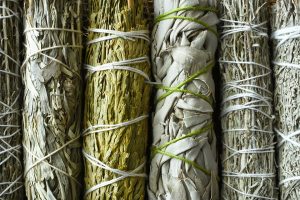
Explore the exhibit and learn about Minnesota's Native communities, including stories of survival, resistance, and resilience that offer hope for the future. Visitors can enjoy acoustic music with Mitch Walking Elk, hoop dance performances by the Sampson Brothers, demonstrations of birch-bark biting artwork with Denise Lajimodiere, and traditional games like kansu kutepi (dice game), tasiha (ring and pin) and cankawacipi (spinning tops) with Jeremy Red Eagle.
When: November 2022
Where: Minnesota History Center
Film Screening & Discussion: “Inhabitants”
The film follows five Native American communities as they restore their traditional land management practices in the face of a changing climate. The film will be followed by a discussion led by Mike Dockry, Assistant Professor in Forest Resources at the University of Minnesota.
When: November 30, 2022, at 7:00pm
Where: Bell Museum
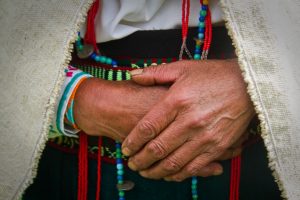
When: Nov. 18-25
Where: Online
More information: The National Museum of the American Indian presents its annual celebration of the best in Indigenous film. This online program offers 35 films, representing 30 Native nations in eight countries.
Bring Her Home follows three Indigenous women – an artist, an activist, and a politician – as they fight to vindicate and honor their missing and murdered relatives who have fallen victims to a growing epidemic across Indian country. Despite the lasting effects from historical trauma, each woman must search for healing while navigating racist systems that brought about this very crisis.
Watch now on Twin Cities Public Television
